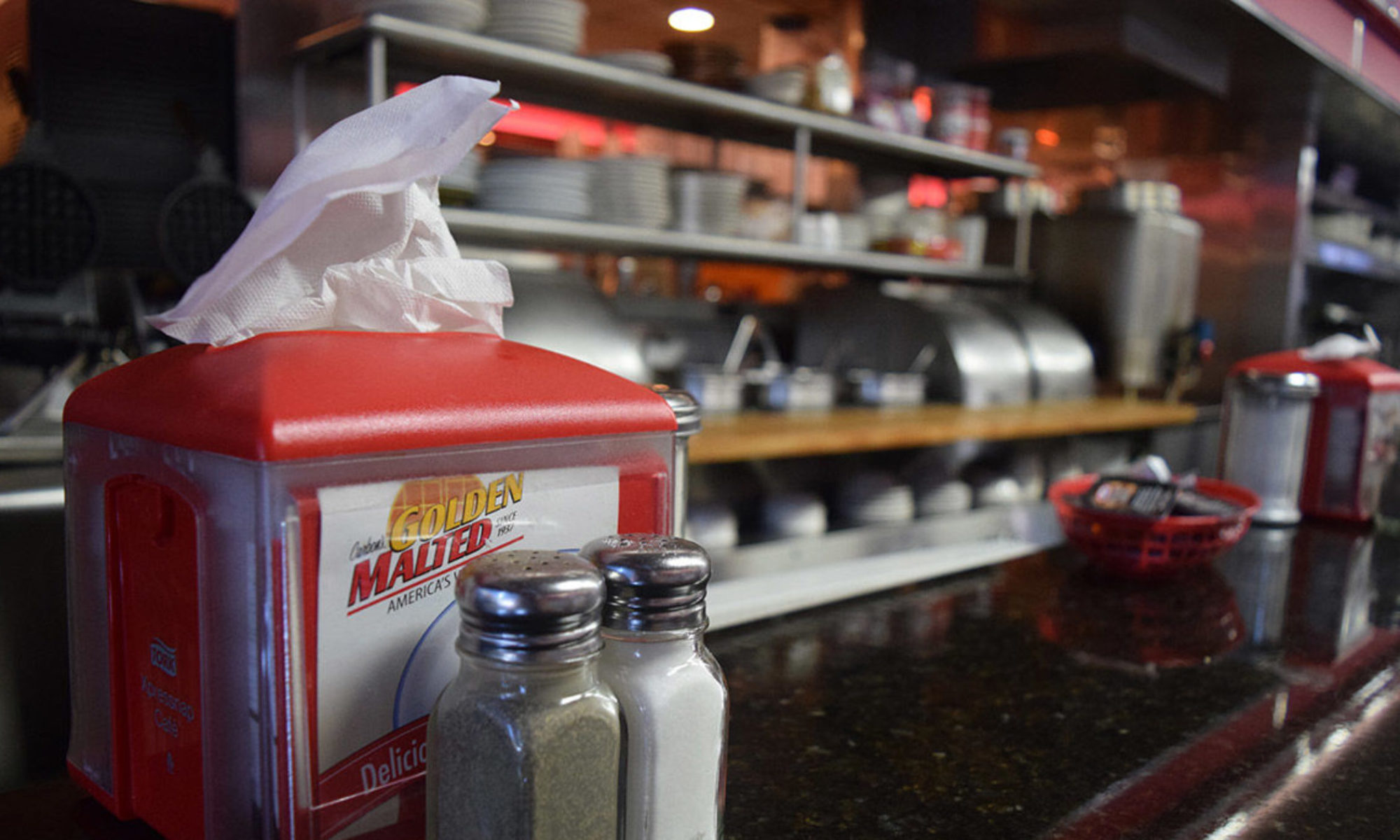In the fast-paced world of restaurant operations, efficiency is key to maintaining smooth service and ensuring customer satisfaction. Kitchens are often bustling with activity as staff members prepare meals, plate food, and manage orders, all while trying to keep up with the constant flow of customers. In such an environment, even the smallest improvement in efficiency can have a significant impact on the overall operation.
One of the most effective solutions for streamlining kitchen service is the integration of a restaurant kitchen lift. This simple yet powerful piece of equipment can dramatically improve the speed and organization of food delivery, making it an essential tool for many modern restaurants. In this article, we’ll explore how a restaurant food lift can optimize kitchen service, enhance productivity, and contribute to a better overall dining experience.
1. What is a Restaurant Kitchen Lift?
A restaurant kitchen lift, also known as a food lift or dumbwaiter, is a mechanical device designed to transport food, dishes, or supplies between different floors or levels in a restaurant. The lift is typically used to move food from the kitchen to dining areas, such as upper floors, basements, or outdoor patios. By transporting food quickly and safely, the lift helps eliminate the need for staff to carry heavy trays or navigate stairs, saving time and reducing physical strain.
Restaurant kitchen lifts come in various designs, from small, compact lifts for moving plates and smaller items to larger, more robust lifts capable of handling heavy-duty tasks like transporting bulk ingredients or large trays of food.
2. Enhancing Efficiency in Food Delivery
In restaurants, timing is everything. The faster food can be prepared, plated, and delivered to the customer, the better the overall service. A restaurant kitchen lift streamlines this process by providing a direct and efficient means of transporting food from the kitchen to the dining area.
For restaurants with multiple floors or levels, a kitchen lift eliminates the need for waitstaff or kitchen staff to navigate stairs or long hallways, which can be particularly challenging during peak hours. Instead of walking back and forth to deliver orders, staff can load food into the lift, sending it directly to the correct floor or section of the restaurant. This saves valuable time and helps ensure that food is delivered promptly while it’s still fresh and hot.
3. Improving Staff Productivity and Reducing Physical Strain
Restaurant staff often work long hours under intense pressure, and carrying heavy trays of food or ingredients up and down stairs can contribute to physical strain, fatigue, and even injuries. A food lift reduces the need for waitstaff or kitchen personnel to make frequent trips carrying cumbersome loads, allowing them to focus on other important tasks.
By reducing the physical demands on staff, a kitchen lift helps improve overall productivity and ensures that employees can work more efficiently and comfortably throughout their shifts. This not only leads to happier and healthier employees but also contributes to better service and a smoother operation overall.
4. Improving Food Safety and Hygiene
Food safety and hygiene are top priorities in any kitchen, and using a restaurant kitchen lift can help maintain high standards of cleanliness. Instead of manually transporting food through busy areas or across different levels of the restaurant, the lift offers a clean and secure method for moving food. The lift can be designed to minimize the risk of contamination by limiting the handling of food by multiple people and reducing the exposure of food to potentially unhygienic environments, such as stairways or hallways.
In addition, kitchen lifts are often enclosed or have safety barriers, ensuring that food is transported safely without the risk of falling or being exposed to dust or debris. By improving the hygiene of the food transport process, the lift helps ensure that health and safety regulations are met, contributing to the overall safety of both staff and customers.
5. Maximizing Space and Reducing Congestion
In many restaurant kitchens, space is limited, and the need to transport ingredients or food across different areas can create congestion and slow down the workflow. A kitchen lift can help maximize the use of available space by eliminating the need for staff to move around carrying large items. With the lift in place, staff can focus on their specific tasks in their designated areas, while the lift handles the transportation of food and supplies.
For multi-story restaurants, especially those with kitchens located on lower levels and dining areas on upper floors, the use of a food lift allows for more efficient use of available space, reducing the need for additional storage or transport equipment. This streamlined operation can result in a more organized kitchen, which ultimately improves overall service and productivity.
6. Enhanced Customer Experience
The use of a restaurant kitchen lift not only benefits the staff but also enhances the customer experience. By streamlining food delivery, customers can receive their orders faster, ensuring that they enjoy their meals at the optimal temperature. A quick turnaround time contributes to improved customer satisfaction, leading to better reviews, repeat business, and overall success.
In addition, a food lift helps prevent delays or errors in food delivery. By providing a direct route for food to travel from the kitchen to the dining area, the lift reduces the likelihood of mistakes or misplaced orders. This contributes to a smoother dining experience, where customers are more likely to receive their orders as expected, without unnecessary delays.
7. Cost-Effectiveness in the Long Run
While installing a restaurant kitchen lift requires an upfront investment, it can be highly cost-effective in the long run. By improving efficiency, reducing staff turnover due to physical strain, and enhancing the speed and accuracy of food delivery, the lift can contribute to significant cost savings over time. The reduction in labor costs, combined with the improvement in customer satisfaction and service, can help offset the initial installation cost.
Furthermore, the lift’s ability to enhance food safety and minimize the risk of accidents or errors can also help avoid costly fines or insurance claims, making it a smart investment for restaurant owners focused on long-term profitability.
A restaurant kitchen lift is a powerful tool for enhancing efficiency, safety, and productivity in any restaurant. By streamlining the food delivery process, reducing the physical strain on staff, improving hygiene, and optimizing space, a kitchen lift allows restaurant owners to create a more organized and efficient working environment. Ultimately, this results in faster service, improved customer satisfaction, and a safer, healthier workplace.
As restaurants continue to evolve and adapt to the demands of the modern dining experience, investing in a kitchen lift can provide significant operational advantages. Whether for multi-level establishments or those with high-volume traffic, a food lift is a game-changer that contributes to smoother operations and a better overall customer experience.

